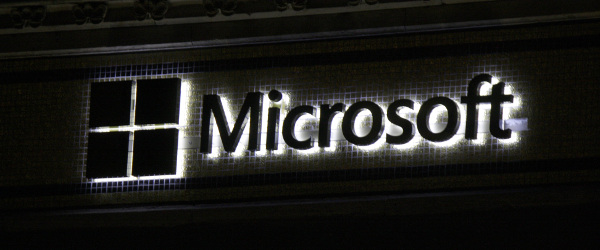
Microsoft’s decision to remove the Start Menu from Windows 8 was not generally regarded as a success.
Indeed, when the firm unveiled the follow-up (bizarrely named Windows 10), much of the media seized on its return as vindication that it had made a bad decision. It will therefore be with some trepidation that Microsoft showcases the consumer edition of its baby on Wednesday.
While it still rules the desktop operating system (OS) market, much has changed since the glory days of XP. The company does not merely need to move its customers off legacy software, but needs to do some damage to its rivals on mobile and tablet too.
No loss of enthusiasm
This is not the first time that the firm has had to pull back from a serious OS failure. Windows Vista failed to gain traction over its older brother XP, which still makes up a quarter of all desktop OS installations according to NetMarketShare, despite being unsupported by Microsoft since last year.
Richard Edwards, principal analyst at research firm Ovum, said that each time the firm falls into the quagmire it becomes harder to recover. "Indeed, on the last occasion Microsoft had to find itself a new CEO [Satya Nadella] to steer the company away from the proverbial rocks," he said.
Ovum’s research indicates that business are likely to continue using Windows 7, which will continue to be in "extended support" until 2020, which does not include changes to product design or features. Even so, Edwards argued, the company will have to take a new strategy if it wishes to convince its older customers to migrate from Windows 7 and 8, and 8.1, which together make up around two-thirds of the desktop OS market.
"For enterprise customers, it is critical that Windows 10 provide a more seamless user experience and workflow similar to Windows 7 that does not require extensive employee retraining," said Scott Ottaway, vice president of services research at 451 Research. More specifically this means support for Windows 7 software, mobile device management (MDM) and a greater focus on security.
Some argue that Microsoft will find it difficult to lure their client base, a case that its experience with XP supports. Others point out that as original equipment manufacturers (OEMs) switch to Windows 10, as they have mostly done with 8, consumers will have no choice.
"Every employee is first and foremost a consumer, so success of Windows 10 in the consumer market is important for Microsoft," Edwards added. "If an individual sees potential business value in Windows 10 then the he or she will want to use it at work."
Device wars
While Microsoft were faffing around with Windows in the last decade, the likes of Google and Apple were revolutionising the smartphone. Research firm eMarketer estimates around 1.76 billion people now own or use one regularly, expected to rise to a third of the world population by 2017.
Microsoft’s purchase of Nokia’s smartphone and mobile divisions last year was a strong signal that they wanted a piece of that action, and there is every sign that Windows 10 will try to knit together what has up until now been a disparate connectivity between OSs on desktop, smartphone and tablet.
"It is no longer about one device," said Clive Longbottom, analyst and founder at research firm Quocirca. "What Microsoft has to get right this time is a flexible, scalable single kernel operating system that can be used on anything from embedded systems through to desktops (and even smart TVs)."
In Microsoft’s favour is the continual business reliance on Windows applications. As Ottaway put it: "Outside of Silicon Valley – which has an Apple, open-source and cloud-based application bias – it is still a Windows world in the enterprise with iPhones and Android living side-by-side but not mission critical."
Integration of business functions will no doubt provide efficiencies that a fractured vendor market cannot provide, but may also prove difficult to implement. "If it can get it right on this – something it has been talking about since before Vista – then it can be a force," said Longbottom. Wednesday will tell how likely this is.






